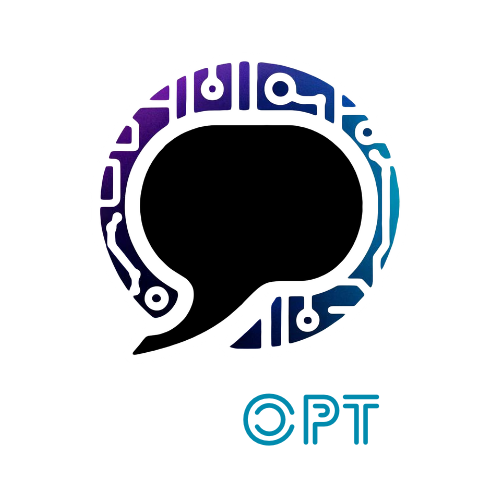Monitoring your AI assistant is more than just keeping tabs on conversations—it’s about uncovering insights, optimizing performance, and driving better results for your business. With the right tools and strategies, you can ensure your AI delivers accurate, helpful responses while staying cost-effective.
In this guide, we’ll explore why monitoring matters, how to review performance data, and what steps you can take to refine and improve your AI assistant. We’ll also share tips for using AI tools, like ChatGPT, to analyze transcripts and identify opportunities for growth.
Why Monitoring Your AI Assistant Matters
Monitoring conversations is essential for:
- Improving Accuracy: Catch errors, mispronunciations, or unclear responses that may need updating.
- Cutting Costs: Identify frequently asked questions that could be moved into AI instructions instead of knowledge docs to save credits.
- Spotting Trends: Analyze recurring customer questions or concerns and adjust your AI to better meet their needs.
- Boosting Engagement: Refine your AI’s tone and language to match your brand voice and improve customer experience.
- Preventing Missed Opportunities: Ensure no callbacks or human interventions are overlooked, keeping leads and prospects engaged.
Real-World Example
A landscaping business noticed multiple inquiries about seasonal service packages. After updating their AI instructions and uploading a seasonal pricing guide, bookings increased by 40% within weeks.
How to Monitor AI Conversations
1. Check Summary Emails
After every interaction, you’ll receive a summary email with key details about the conversation. This email includes:
- Customer inquiries.
- The AI’s responses.
- Interaction length and timestamps.
Pro Tip: Need notifications sent to a different email address? Add or update addresses in your portal under the Account Page to stay informed.
2. Review Conversations in Your Portal
Log in to your portal and head to the Conversations Page to dive deeper. You’ll find:
- Transcripts and Recordings: Analyze exactly what was said and how the AI responded.
- Engagement Stats: Monitor interaction length, frequency, and success rates.
- Opportunities for Updates: Look for gaps where additional instructions or knowledge docs could improve performance.
Analyzing AI Conversations for Optimization
What to Look For:
- Unanswered Questions: Are there inquiries the AI couldn’t handle? Add details to prompts or knowledge docs.
- Confusing Responses: Did any answers seem unclear or off-brand? Update instructions for clarity.
- Trends and Patterns: Are there recurring questions or topics? Highlight these to refine the AI’s focus.
- Mispronunciations: Note any words the AI struggles with and add pronunciation notes to instructions.
Leverage AI to Analyze AI: ChatGPT as Your Assistant
A free ChatGPT account can be a powerful tool to assist in AI monitoring. Copy and paste transcripts into ChatGPT and prompt it to analyze conversations for gaps, opportunities, and suggested improvements.
Sample Prompt for ChatGPT:
“I’m reviewing a transcript from my AI assistant. Analyze this conversation and identify unclear responses, questions the AI couldn’t answer, and ways I can improve its instructions or knowledge docs.”
Why Use ChatGPT?
- Saves time by quickly analyzing large transcripts.
- Provides insights on tone, clarity, and opportunities for updates.
- Generates suggestions for restructuring prompts or adding knowledge docs.
Turning Insights into Action
Step 1: Update AI Instructions
- Add common questions directly into AI instructions for quicker, more cost-efficient responses.
- Refine language for clarity and tone to match your brand’s personality.
Step 2: Upload New Knowledge Docs
- Include missing details, such as pricing sheets or service menus, to handle complex inquiries.
- Organize files by topic to reduce lookup time and credit usage.
Step 3: Test and Refine Responses
- Simulate common customer inquiries to evaluate updates.
- Monitor performance using transcripts and recordings to ensure improvements are effective.
Best Practices for Monitoring and Improving AI
- Stay Consistent: Make monitoring a regular task to spot changes in customer needs.
- Label Knowledge Docs Clearly: Use descriptive names like “2024 Pricing Guide” to streamline updates.
- Focus on Trends: Pay attention to recurring questions or complaints to proactively address them.
- Test Small Changes First: Introduce updates in stages to measure performance before scaling changes.
- Review Analytics: Use engagement stats in the portal to track cost efficiency and success rates.
Key Takeaways
- Monitoring your AI assistant is critical for improving accuracy, reducing costs, and capitalizing on trends.
- Use tools like ChatGPT to analyze transcripts and uncover optimization opportunities quickly.
- Regularly update AI instructions and knowledge docs to reflect changing customer needs.
Want to learn more? Read our in-depth blog on optimizing your AI’s performance. [Check it out here!]
Ready to Optimize Your AI Assistant?
Log in now to review conversations, track performance, and start refining your AI for better results! [Go to Portal Now]


